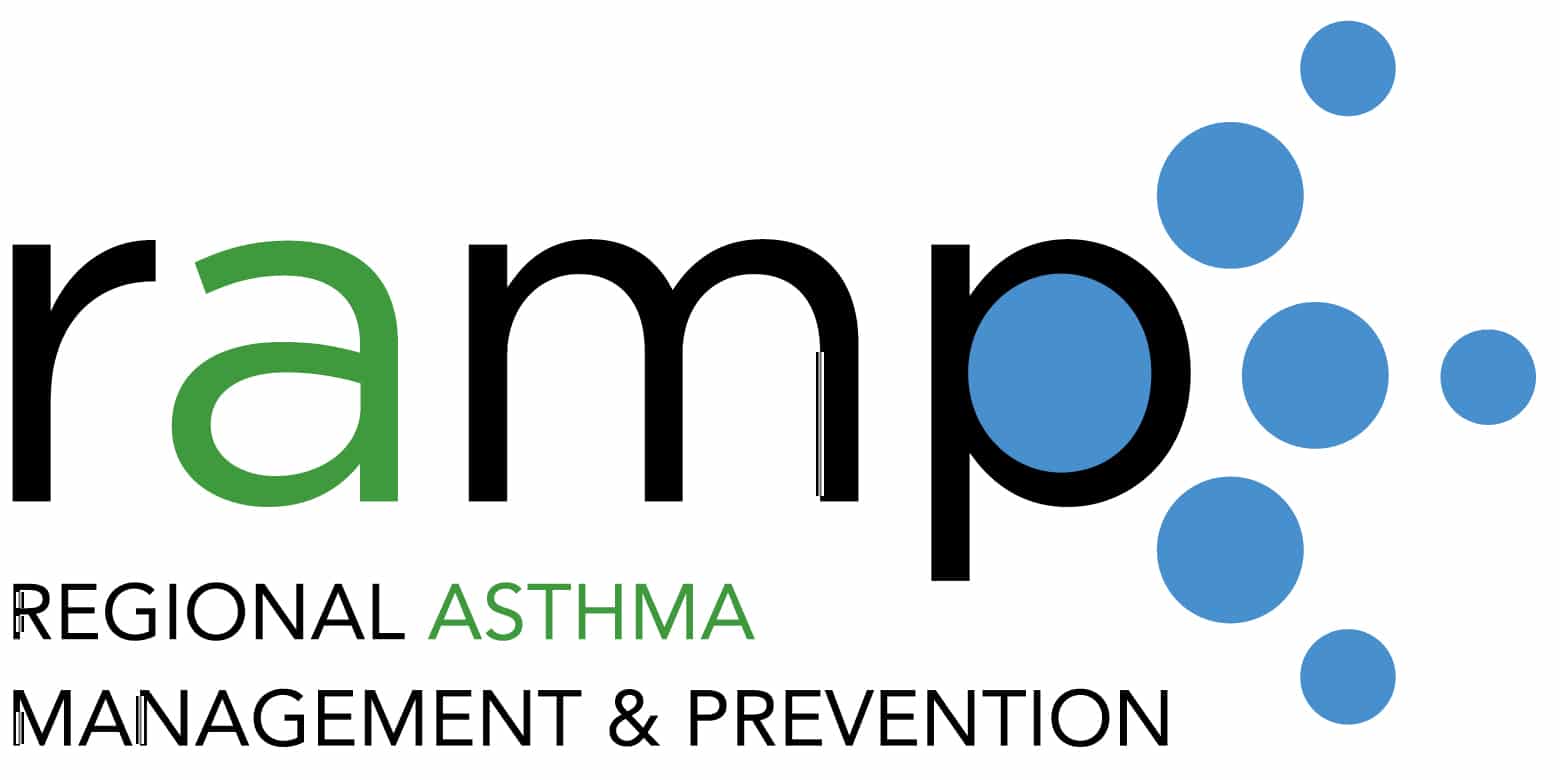The U.S. Centers for Disease Control and Prevention (CDC) has released guidance for the public on staying healthy while simultaneously facing wildfire smoke and the COVID-19 pandemic. The authors state, “Wildfire smoke can irritate your lungs, cause inflammation, affect your immune system, and make you more prone to lung infections, including SARS-CoV-2, the virus that cause COVID-19. Because of the COVID-19 pandemic, preparing for wildfires might be a little different this year. Know how wildfire smoke can affect you and your loved ones during the COVID-19 pandemic and what you can do to protect yourselves.” The CDC also shares the following recommendations:
- It is important to reduce exposure to wildfire smoke by avoiding outdoor activities, whenever possible.
- Keep in mind that the cloth masks that are used to slow the spread of COVID-19 do not offer protection against wildfire smoke. Although N95 respirators do provide protection from wildfire smoke, they might be in short supply as frontline healthcare workers use them during the pandemic.
- Seeking clean air shelters and clean air spaces can help reduce exposure. However, given that social distancing guidelines are in place, finding cleaner air might be harder if public facilities such as libraries, community centers, and shopping malls are closed or have limited their capacity.
- If possible, create cleaner air spaces at home through:
- Using a portable air cleaner in one or more rooms. Portable air cleaners work best when run continuously with doors and windows closed.
- Create a do-it-yourself box fan filtration unit However, never leave it unattended.
- Whenever you can, use air conditioners, heat pumps, fans, and window shades to keep your cleaner air space comfortably cool on hot days.
- If you have a forced air system in your home, you may need to speak with a qualified heating, ventilation, and air conditioning (HVAC) professional about different filters (HEPA or MERV-13 or higher) and settings (“Recirculate” and “On” rather than “Auto”) you can use to reduce indoor smoke.
- Avoid activities that create more indoor and outdoor air pollution, such as frying foods, sweeping, vacuuming, and using gas-powered appliances.
- Know the difference between symptoms from smoke exposure and COVID-19
- Some symptoms, like dry cough, sore throat, and difficulty breathing can be caused by both wildfire smoke exposure and COVID-19.
- Learn about symptoms of COVID-19. Symptoms like fever or chills, muscle or body aches, and diarrhea are not related to smoke exposure.
- If you have severe symptoms, like difficulty breathing or chest pain, immediately call 911 or the nearest emergency facility.

